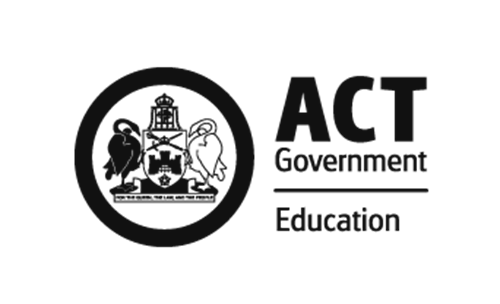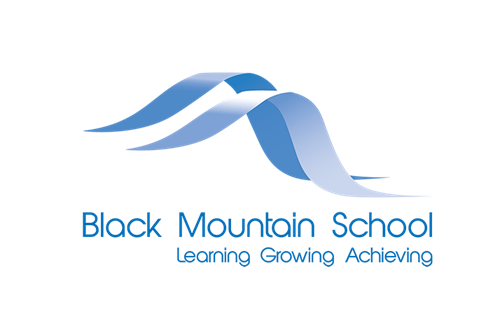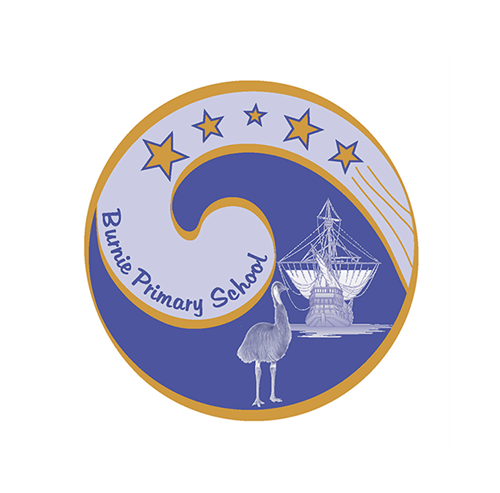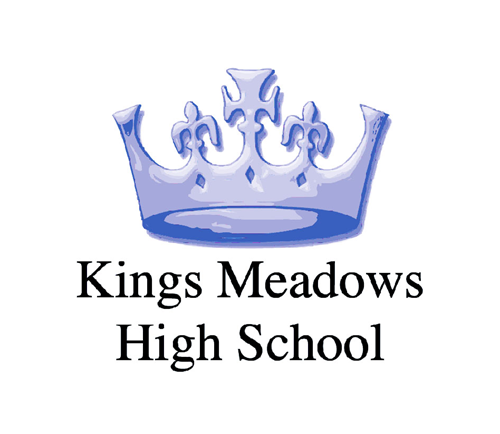Career education: a community approach
The Career Expo offers students an opportunity to consider their future and explore the possibilities available to them in their local community and beyond. Student participation in the Career Expo inspires learning to achieve post-school goals.
Collaboration among different groups, crucial to the success of the event, is guided by the West Kimberley Career Expo Committee. The committee comprises representatives from education, industry and business. The education sector is represented by schools, the Department of Education and Training, TAFE, the TAFE Jobs and Skills Centre and the University of Notre Dame. Industry and business are represented by Australian Government and the Broome Chamber of Commerce. A local community agency/employer is also represented.
The committee developed a schedule to prepare for the 2019 West Kimberley Career Expo:
|
Date |
Action |
|
November 2018 |
Committee meeting to initiate planning for 2019 Career Expo |
|
January 2019 |
Committee members contact employers to gauge and register interest |
|
January 2019 |
Committee members provide information package to registered employers |
|
January–April 2019 |
Committee meetings every fortnight to organise the event |
|
6–10 May 2019 |
National Careers Week activities |
|
10 May 2019 |
West Kimberley Career Expo at Broome Senior High School |
Participating schools provide a range of school-based learning experiences which incorporate key elements of the Personal and Social capability through the Australian Curriculum learning areas. The schools also provide opportunities for students to explore future learning with training bodies, such as TAFE and VET.
The Australian Curriculum: Work Studies Years 9–10 adapts discipline-based learning to work contexts. Work Studies aims to develop students’ knowledge of the world of work, the importance of lifelong learning, and the capacity to manage careers, change and transitions in an uncertain and changing future. At the Broome schools, Work Studies supports the development of elements of self-awareness and self-management in the Personal and Social capability.
In the illustration of practice:
Describe how the schools used the Australian Curriculum learning areas and general capabilities to develop a career education program.
Identify the schools’ approaches to the key objectives of Future Ready: A student focused National Career Education Strategy.
How did the schools identify and engage with a range of stakeholders in the development of their career education program?
In your school context:
Identify how a school-based career education program would benefit your students.
What aspects of the Australian Curriculum could be included in your school-based career education program?
What elements of the Future Ready: A student focused National Career Education Strategy would you include when developing your school-based career education program?
How would you identify and include appropriate community stakeholders when developing a school-based career education program?
 My Future
My Future Broome Senior High School
Broome Senior High School









